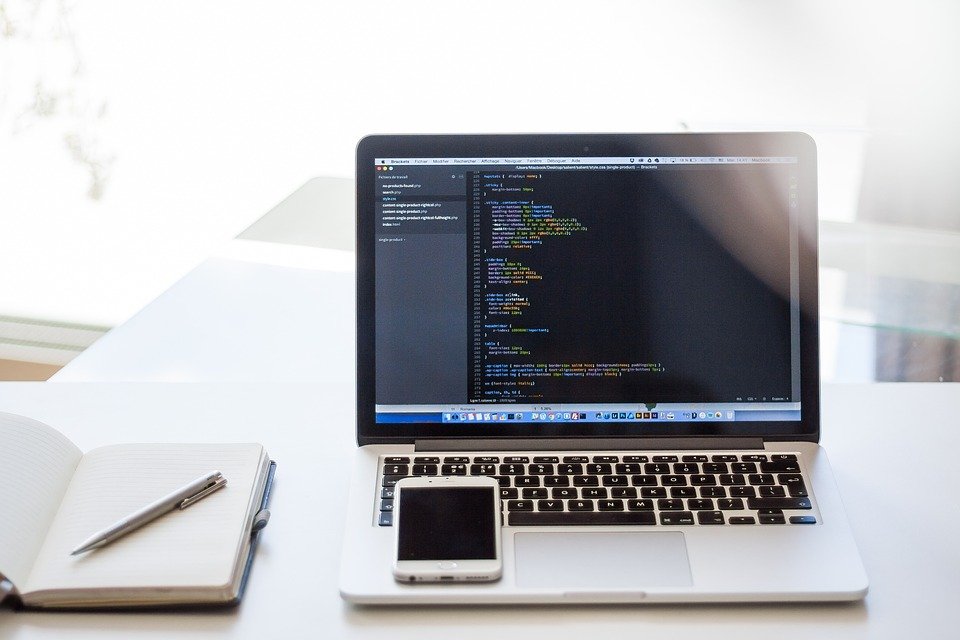The COVID-19 pandemic has significantly changed the way we work, with more employees than ever before transitioning to remote work. While this shift has allowed for greater flexibility and convenience, it has also created new challenges for companies in terms of cybersecurity. Remote work presents a unique set of vulnerabilities that hackers can exploit, making it crucial for organizations to prioritize cybersecurity in this new age of work.
One of the biggest challenges of remote work is the increased risk of cyberattacks. Without the same level of protection as they would have in the office, employees working from home are more vulnerable to phishing scams, malware, and other cyber threats. Additionally, the use of personal devices and unsecured networks further heightens the risk of a security breach.
To address these challenges, companies must implement robust cybersecurity measures to protect their sensitive data and networks. This includes providing employees with secure devices, requiring the use of VPNs for remote access, and implementing multi-factor authentication for added security. Regularly updating software and conducting security training for employees is also essential to ensure that everyone is aware of potential threats and knows how to respond to them.
Another important aspect of cybersecurity in the age of remote work is the need for increased monitoring and detection capabilities. With employees scattered across different locations, it can be more challenging to detect and respond to security incidents in a timely manner. Companies should invest in advanced threat detection tools and continuously monitor their networks for any signs of unusual activity.
Despite the challenges posed by remote work, there are also solutions that can help organizations enhance their cybersecurity posture. For example, cloud-based security solutions can provide real-time threat intelligence and protection, helping to defend against sophisticated cyberattacks. Additionally, implementing a zero-trust security model, which assumes that all users and devices are potential threats, can help companies better control access to their networks and data.
In conclusion, cybersecurity has never been more important in the age of remote work. Companies must be proactive in their approach to protecting their data and networks, especially as the workforce continues to operate outside of traditional office environments. By implementing robust security measures, monitoring for potential threats, and leveraging advanced security solutions, organizations can safeguard their sensitive information and minimize the risk of a cyberattack.




